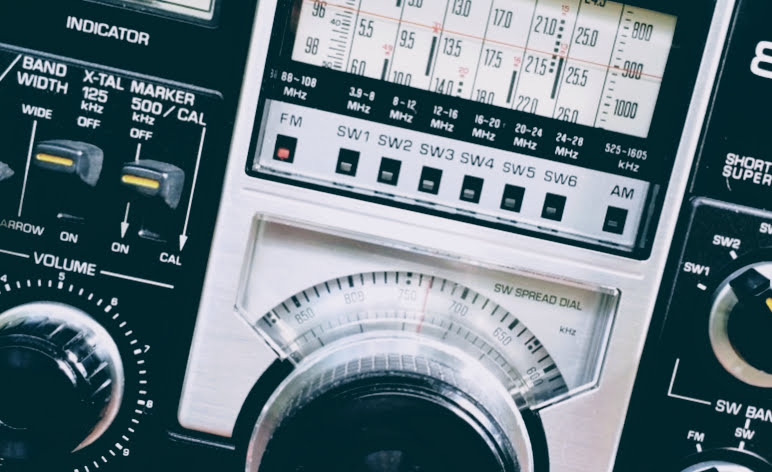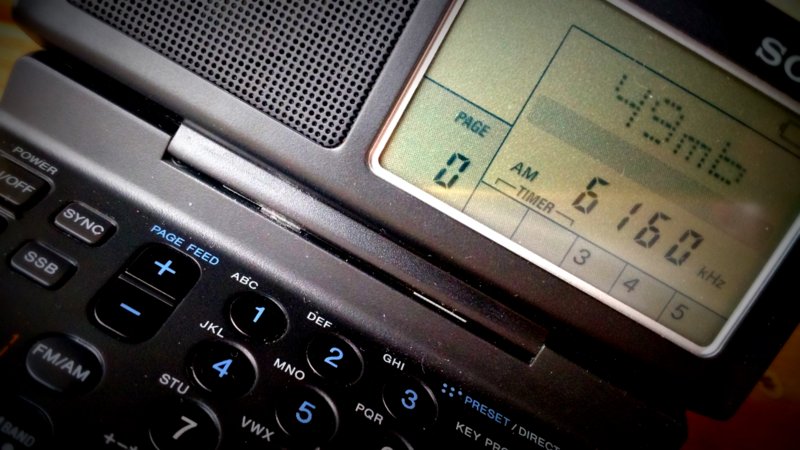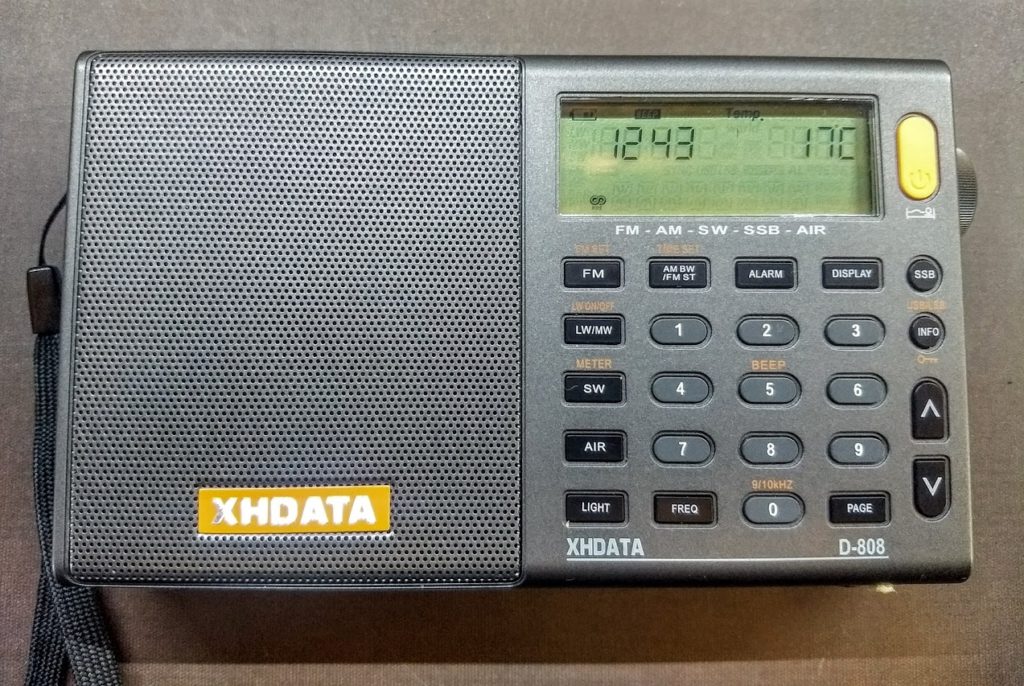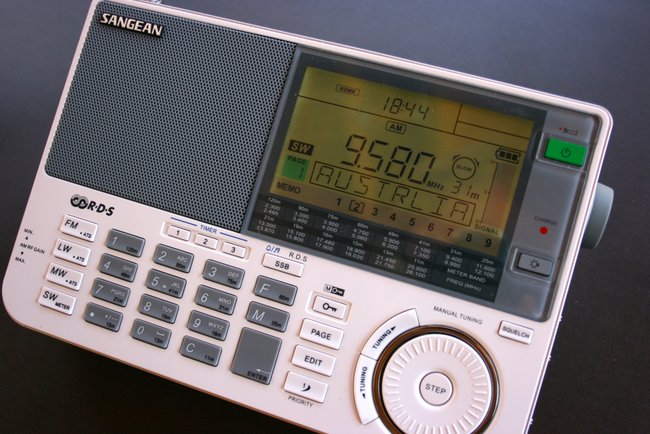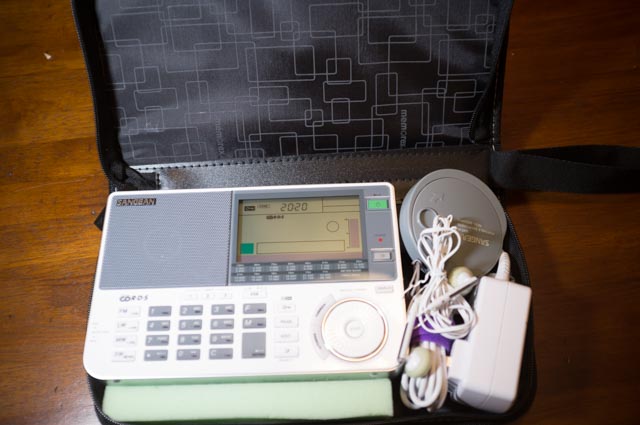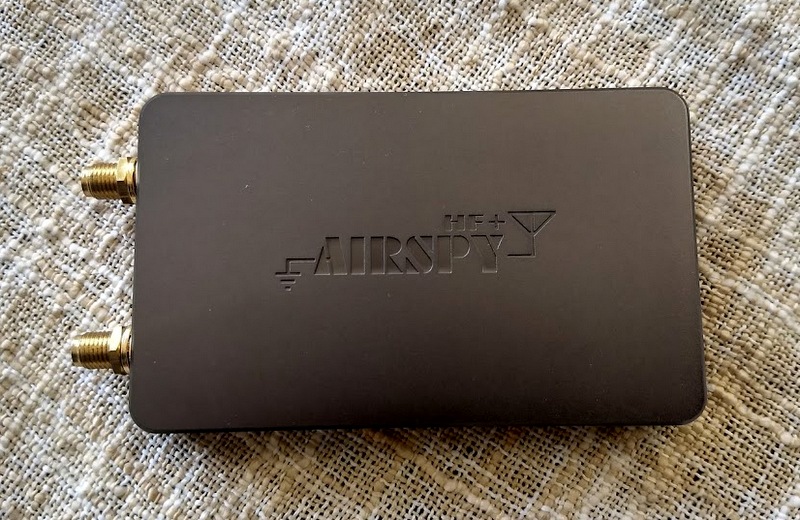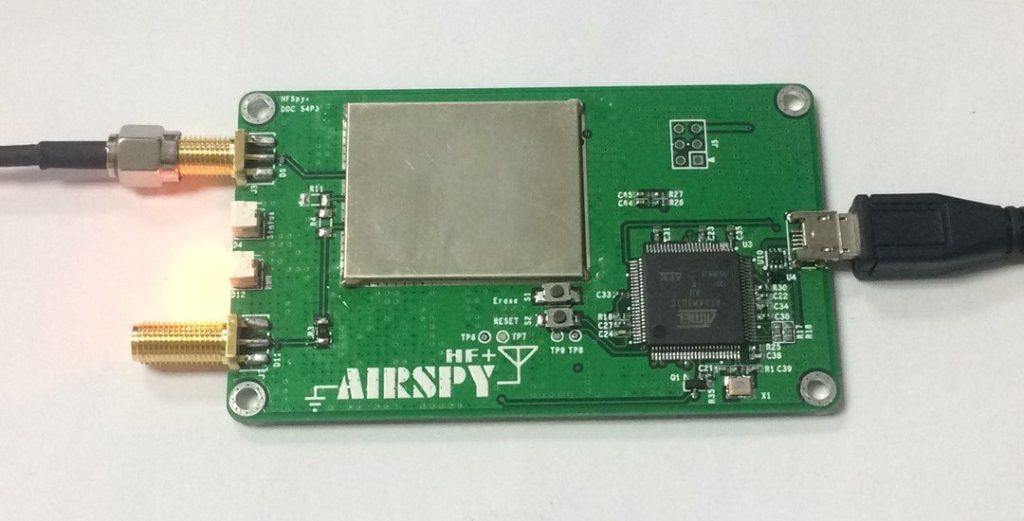Okay SWLing Post readers: I need you to dig through your off-air recordings for something pretty obscure…
Over at the Shortwave Radio Audio Archive, I frequently receive inquiries from educators, researchers, historians, and enthusiasts looking for very specific off-air recordings, often for some worthy project or other. It’s quite a thrill when I can lay hands on just what’s being sought in our rather deep recordings archive.
I recently received just such an inquiry from producer Meghan Keane at NPR, and though we were not able to provide immediate help, I’m quite intrigued by the subject and thus not quite ready to give up the search. Meghan writes:
My name is Meghan Keane and I’m a producer for NPR’s Invisibilia. I’m working on a story about Somalia and music, and am currently looking for some archival sound.
Around 2010, many radio stations in Somalia broadcasted animal noises and gun shot noises to protest Al-Shabab. I am hoping to find audio of that to use in my story. Please let me know if you have any leads!
Fascinating stuff. I do recall a news story about Somali radio broadcasts including animal and gun shot noises back in the day, but I never actually heard a broadcast on shortwave or mediumwave.
Post readers: Can you help Meghan track down such a recording? If you can, please comment and/or contact me!

